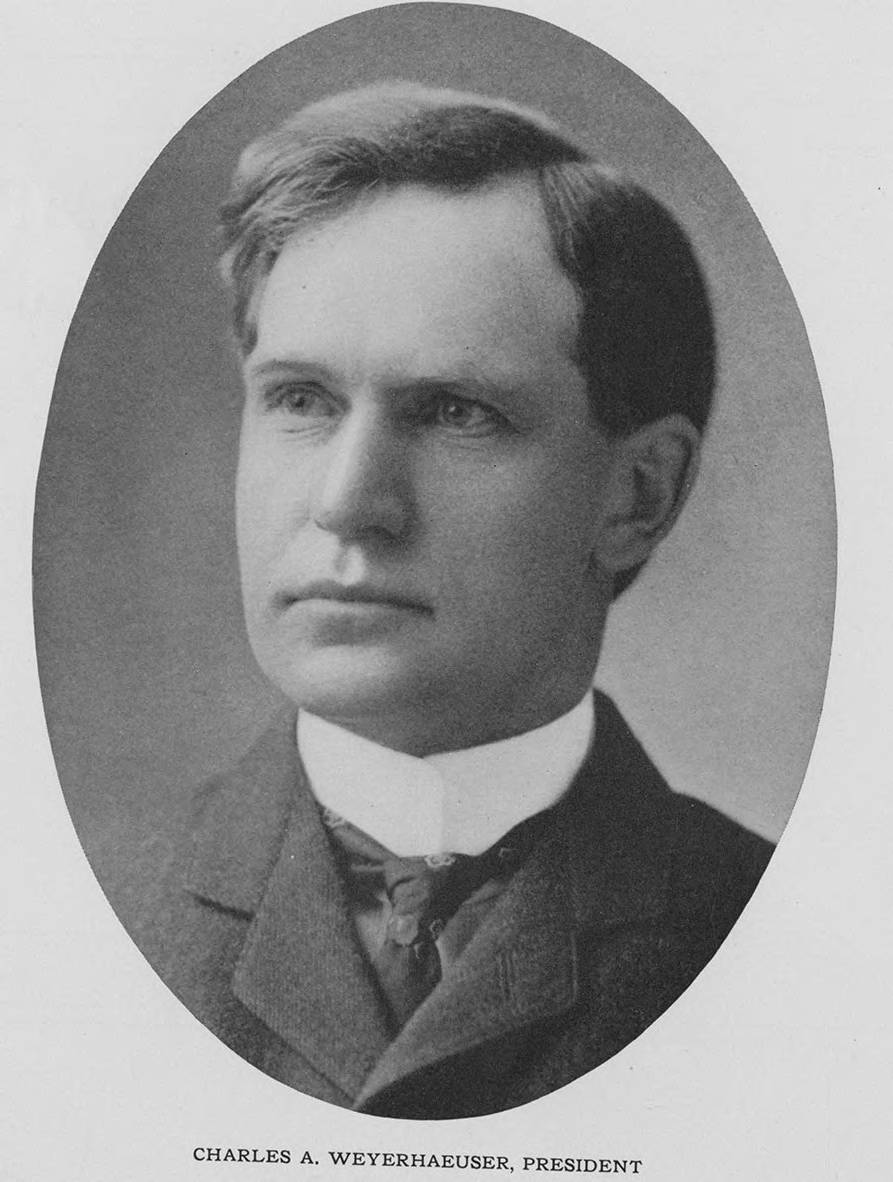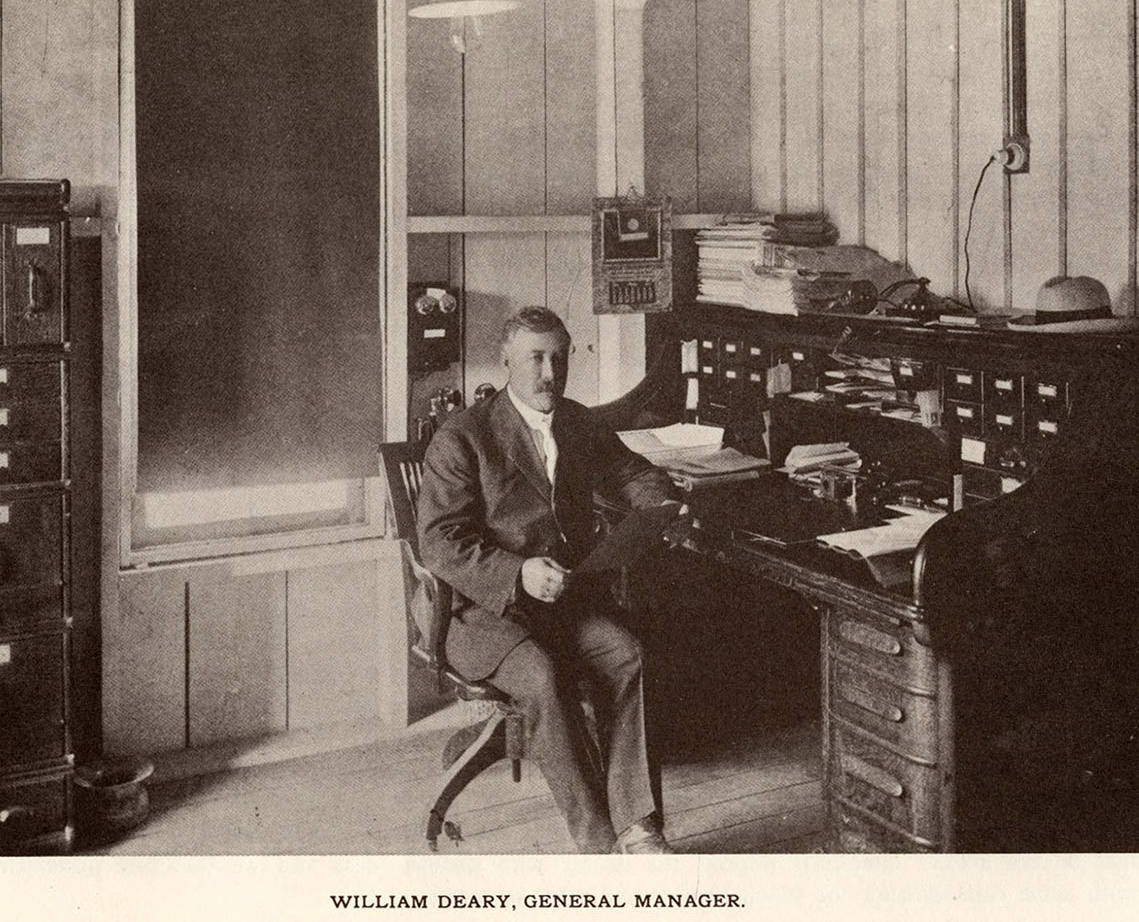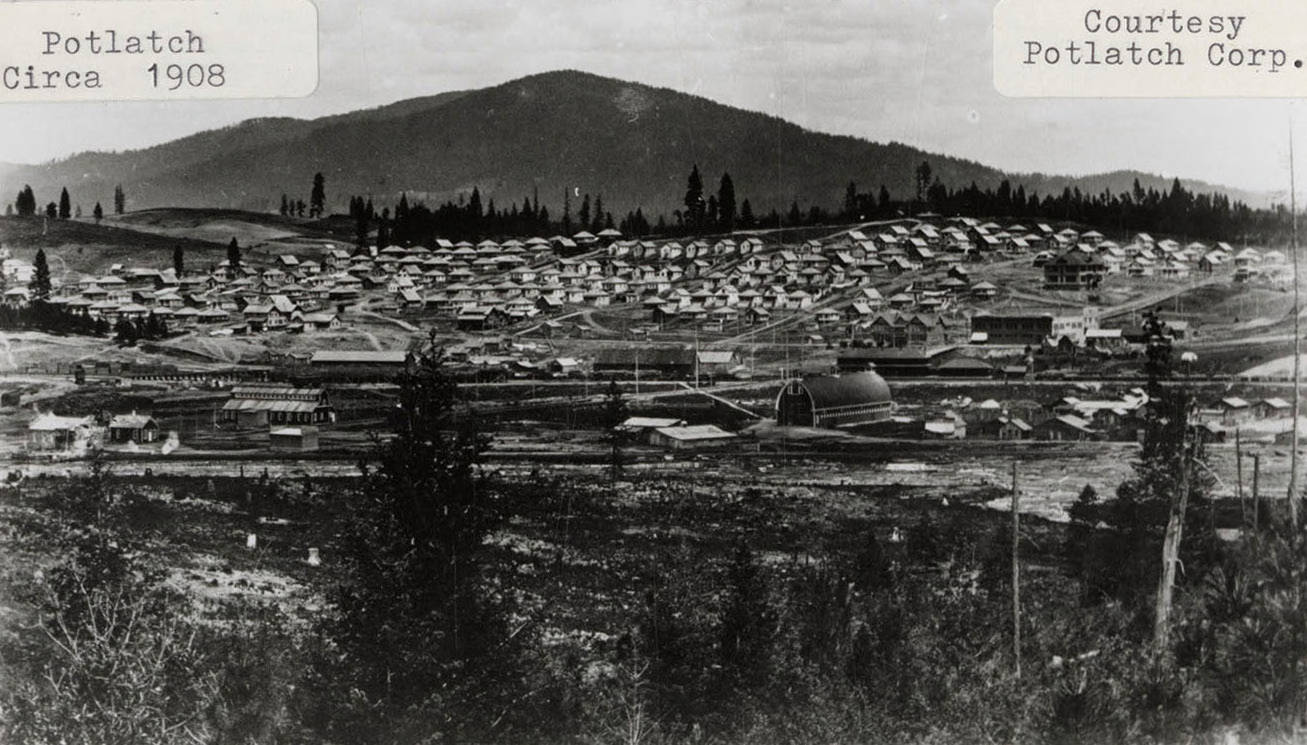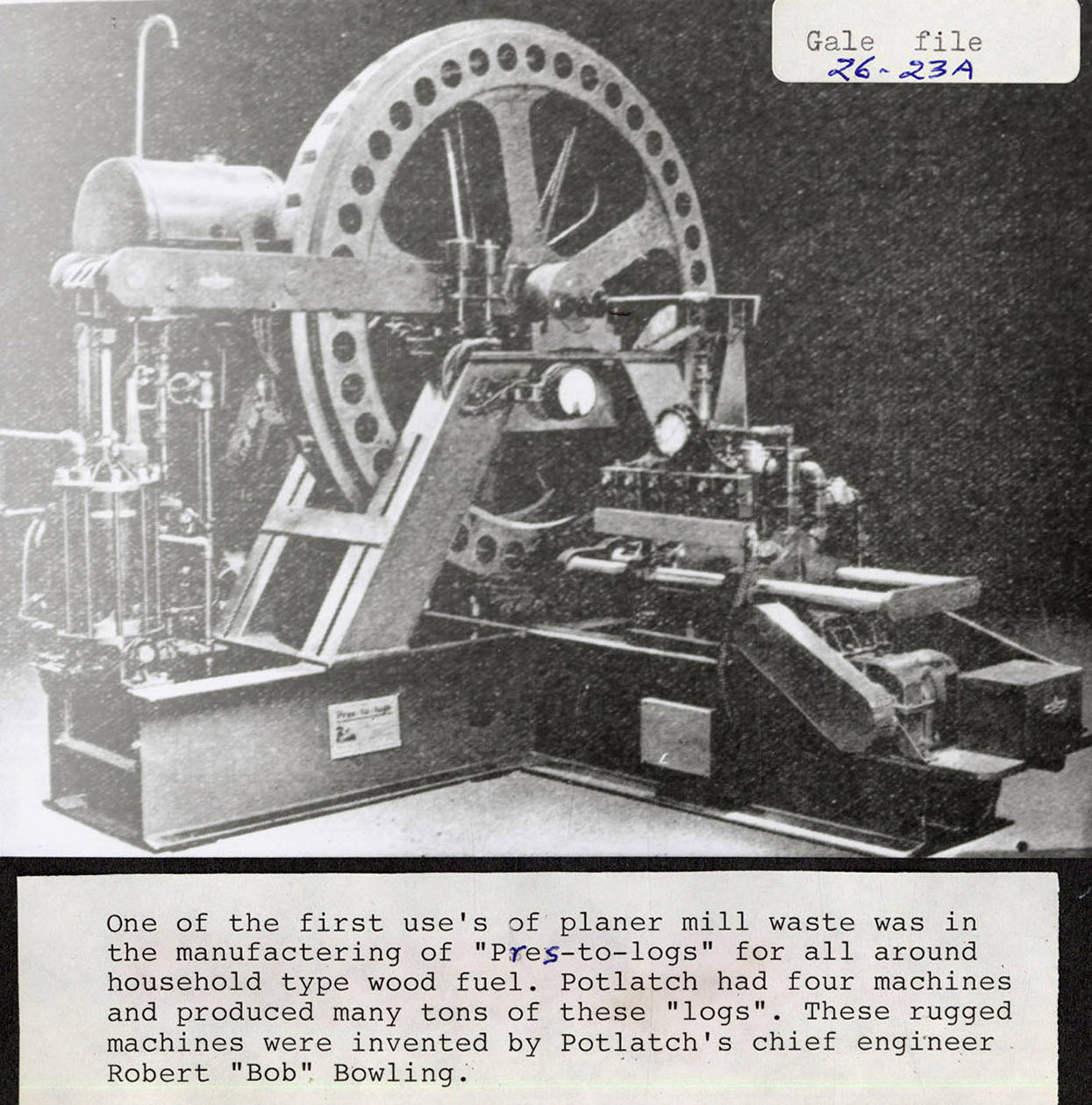Family Tree Collection, a Potlatch Forests, Inc. Newsletter
A Potlatch Forests, Inc. Newsletter Published from 1936-1952
Contents: About the Collection | About Potlatch Forests, Inc. | Tech
About the Collection
The Family Tree was a newsletter published by Potlatch Forests, Inc. for their employees from 1936 - 1952. The newsletter covers local (Northern Idaho) and national events, with a special focus on issues pertaining to Potlatch Forests, Inc. and its loggers and other employees. The content varies greatly — from reports on the head injuries The Family Tree: 1936, December pg. 5) of sawmill workers to editorials on the war crimes of Hirohito (The Family Tree : 1945, March, pg.2), written near the end of WWII — and is consistently well-written and evocative of the daily life of Potlatch workers and their families during these years.
Some other interesting Family Tree articles include:
- Short Wave Radio, The Family Tree : 1952, January, pg.4 - an article on how radio communication transformed the every-day working conditions of logging operations.
- What Did We Do With Our Lumber in 1947, The Family Tree : 1947, December, pg.4 - a summary of where the lumber produced by the company went in 1947.
- P.A.A.C. Takes on New Life, and Potlatch Mill to Resume Operation, The Family Tree : 1937, March, pg. 4 - a brief article on the revitalization of the Potlatch Amateur Athletic Club.
The collection was digitized in the summer of 2010, per user request. The original newsletters can be found in the published collection of Day Northwest, which can be accessed via the University of Idaho Library’s Special Collections and Archives Department.
About Potlatch Forests, Inc.
Although the Family Tree newsletter first rolled off the press in 1936, the Potlatch story actually began nearly four decades earlier and involved three different lumber companies.
In 1900, timber trader Charles O. Brown guided prominent lumberman Frederick Weyerhaeuser through the timberlands of northern Idaho. Facing depleted timber resources in the American East and Midwest, Weyerhaeuser was looking to expand westward, and he liked what he saw in Idaho. So much so that before the year was out, he and Brown had formed the Clearwater Timber Company, and a month later, the Potlatch Lumber Company. Another Weyerhaeuser associate, Edward Rutledge, formed the Edward Rutledge Timber Company in 1902. A year later, Weyerhaeuser and his partners decided to merge all their Idaho holdings into one company; they named it the Potlatch Lumber Company and selected Frederick’s son Charles as president.
The directors of the Potlatch Lumber Company gave veteran Canadian lumberman William Deary the job of building a mill to turn Idaho timber into Idaho lumber. Deary selected a mill site within the company’s timber holdings in Latah County. In 1904, construction of what would become the world’s largest white pine saw mill began. W.A. Wilkinson of Minnesota was in charge of the design and construction of the steam-powered, belt and shaft-driven mill.
It takes people to run a saw mill, and because the mill was located in an almost uninhabited area, the company decided to build a town for its employees. When the mill began operating on September 11, 1906, the community of Potlatch was already an attractive town with a variety of amenities, including over 100 houses, two schools, Protestant and Catholic churches, as well as a hotel, general store, bank, post office, and opera house.
Four years later, Potlatch Lumber Company built a new saw mill in what is now Elk River, Idaho, and around 1916, the Edward Rutledge Timber Company built one near Coeur d’Alene, Idaho. Clearwater Timber’s mill in Lewiston began operation in 1927, and in 1931, the three separate but affiliated companies - Potlatch Lumber Company, Edward Rutledge Timber Company, and Clearwater Timber Company - merged to form Potlatch Forests, Inc., with headquarters in Lewiston.
Pres-to-logs, introduced in 1930, helped Potlatch weather the Great Depression, and World War II brought increased demand for lumber. After the war, Potlatch diversified its product line, acquired mills throughout the United States, and continued to purchase timberland. In 1965, the corporate headquarters were moved to San Francisco, and in 1973, the company’s name changed to Potlatch Corporation. In 1997, company officials relocated corporate headquarters to Spokane, Washington, and today Potlatch is a Real Estate Investment Trust with approximately 1.5 million acres of forest land in Arkansas, Idaho, Minnesota, and Wisconsin.
Technical Credits - CollectionBuilder
This digital collection is built with CollectionBuilder, an open source framework for creating digital collection and exhibit websites that is developed by faculty librarians at the University of Idaho Library following the Lib-Static methodology.
Using the CollectionBuilder-CSV template and the static website generator Jekyll, this project creates an engaging interface to explore driven by metadata.




